As Colombia emerges from the longest armed conflict in the history of the Americas, indigenous and Afro-descendant communities work with the Government to resolve their long-standing claims to land and resources
The Havana Peace Agreement, signed in 2016, recognised that the conflict was largely driven by unfair and uncertain ownership of land and resources. It establishes provisions for resolving long-standing complaints about land tenure and resource rights for rural populations, including Indigenous Peoples and Afro-Colombian communities.
The 1.9 million Indigenous People in Colombia make up 4.4% of the total population, whilst Afro-descendants total around 4.7 million people –nearly a tenth of the population. Indigenous Peoples and Afro-descendant communities, particularly women, have consistently experienced disproportionate levels of violence and displacement during the recent conflict. They have also faced and continue to experience serious environmental threats and land grabbing from extractive industries.
The implementation of the Agreement is an opportunity for Indigenous Peoples and Afro-descendant communities to protect their communities and guarantee their territorial rights. With the support of the Tenure Facility, civil society organisations, government agencies and a university are working in partnership to rapidly expand the formal recognition of the collective territorial rights of Afro-descendant community councils throughout Colombia, as well as ensuring the improvement of the processes of the formalisation of Indigenous land rights’ processes.
Indigenous Peoples in what is now Colombia have enjoyed a long and varied history, stretching back millennia. This timeline starts with the arrival of the first wave of colonialists, a cultural rupture which helped sow the seeds for ongoing discrimination and rights abuses, as well as the marginalisation of indigenous – and latterly Afro-descendant – culture. As such we recognise that this timeline does not cover a hugely rich period of pre-colonial cultural history.

1499

1499
The first expeditions in the territory are carried out on the Atlantic coast
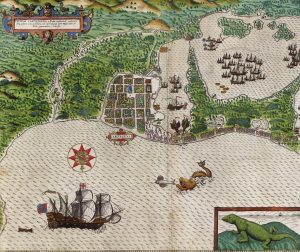
1500s
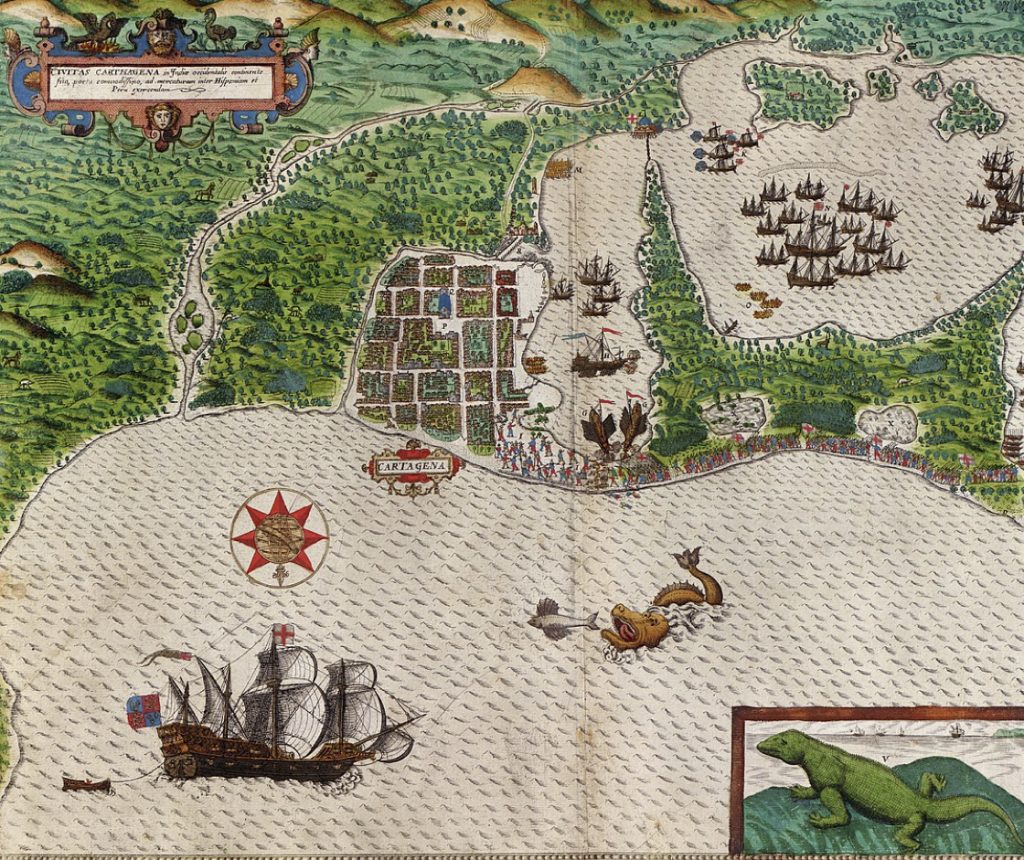
1500s
1509
The colonisation process gets underway, and the first European populations are founded in the Gulf of Urabá.
1512
Laws of Burgos, also called Ordinances for the Good Treatment of Indians, are established. These laws precede later moves to abolish slavery of Indigenous Peoples, and eventually the first safeguards for Indigenous rights.
1520s
European colonists exploit Africans.
An estimated 1.1 million Africans enter Cartagena, Spanish America’s largest slave port. Most come from West Africa, namely modern-day Congo, Angola, Gambia, Nigeria, Cameroon, Liberia, Ghana, Ivory Coast, Guinea, Sierra Leone, Senegal, and Mali.
1525
Santa Marta is founded; it is the oldest city in Colombia.
Indigenous populations decline due to genocide, exploitation, disease and disruption of their life systems.
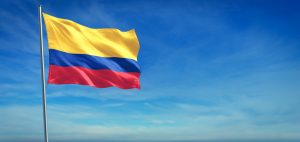
Independence
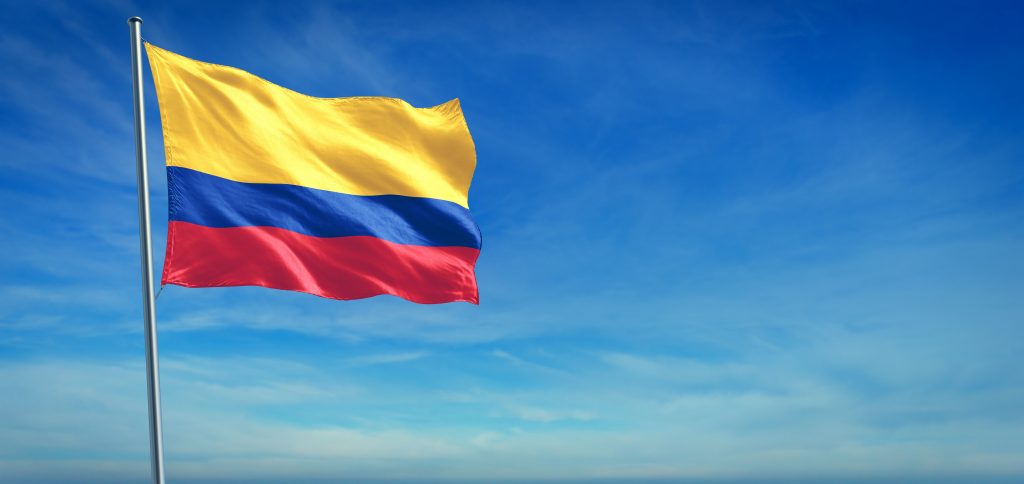
Independence
1810
Independence Day of the colony of New Spain in Colombia on July 20, 1810.
1821
Equality and communal lands. The Law of October 4th was the first declaration of legal equality between Colombian Indigenous Peoples and their fellow citizens. Nonetheless, the execution of the law was faulted and Indigenous Peoples were still forced to pay an unfair yearly tribute. Therefore, on October 11th, the Colombian Congress sanctioned the law, eliminated the yearly tribute and began a five-year plan of land distribution to Indigenous Peoples.
1886
The Republic of Colombia is formed.
Two political parties dominate, the Conservatives and the Liberals. The bitter rivalry between them leads to the Thousand Days War. By 1902, 100,000 lives are lost.
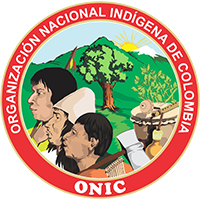
1982

1982
Creation of the National Indigenous Organisation of Colombia-ONIC. Following successful discussions between Indigenous Peoples and their representative organisations throughout the country, ONIC is formed to promote indigenous rights, based on the principles of unity, land, culture and autonomy.
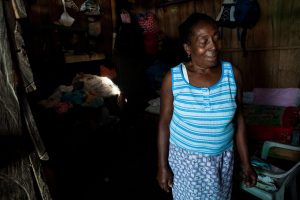
1993
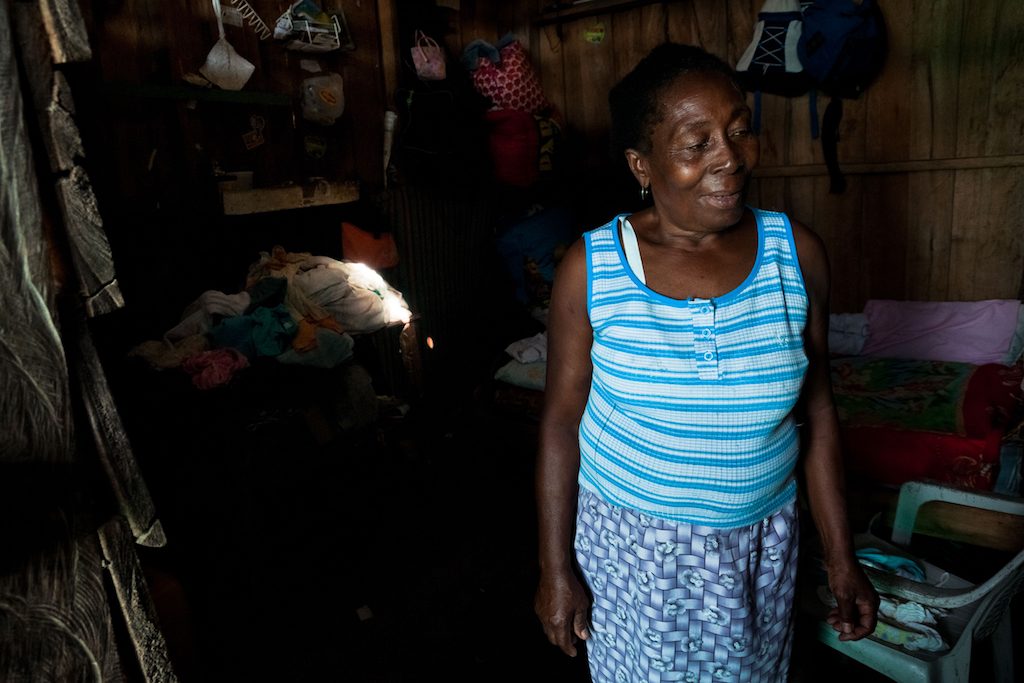
1993
Colombia passes Law 70, the Black Communities Act, recognising Afro-Colombians as a distinct ethnic group and providing a legal basis for the defence of their land rights. Law 70 is an instrument to combat the historical exclusion, discrimination and deprivation of rights that Afro-descendants have experienced since slavery.
Grassroots organisations establish the Black Communities Process (PCN), an Afro-descendant collective of more than 100 grassroots organisations, community councils, and individuals. The PCN is dedicated to raising black awareness, combating racial discrimination, exclusion and social injustice, and developing a legal and political framework for the recognition and respect for the human rights of Afro-descendants and the attainment of self-determination.
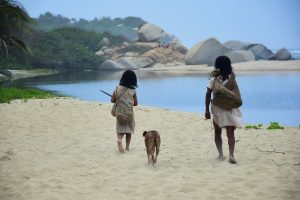
1996
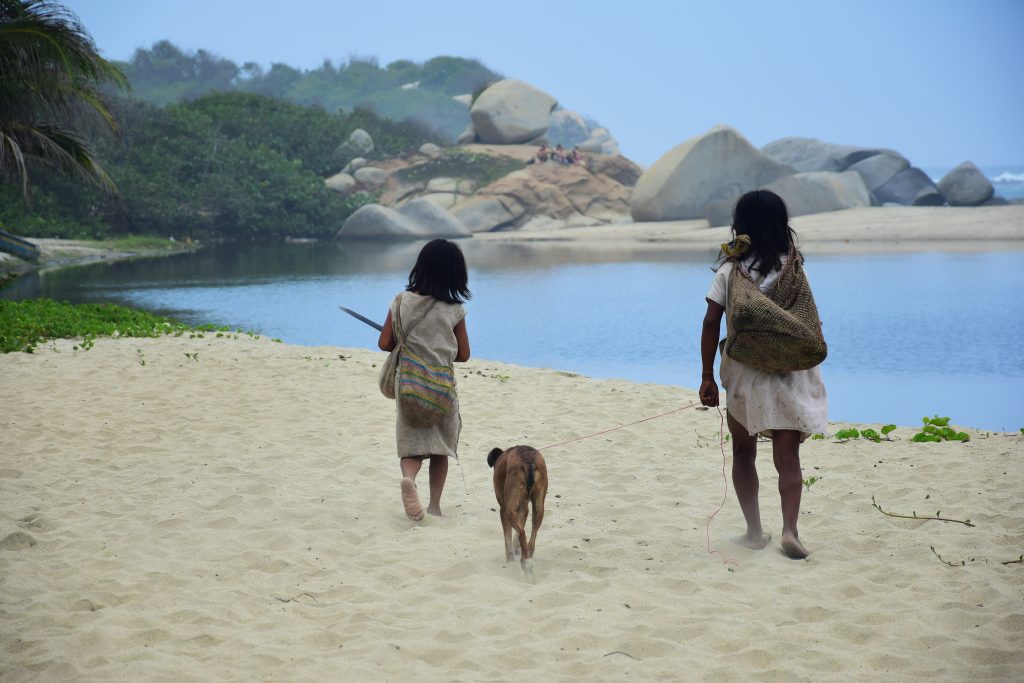
1996
Issuance of Decree 1397 of 1996 which lays the foundations for the creation of the National Commission of Indigenous Territories, and the Permanent Board of Concertation with Indigenous Peoples and Indigenous Organisations.
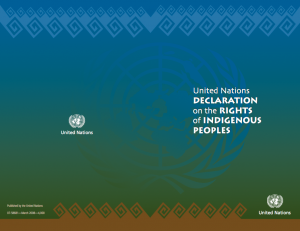
2007
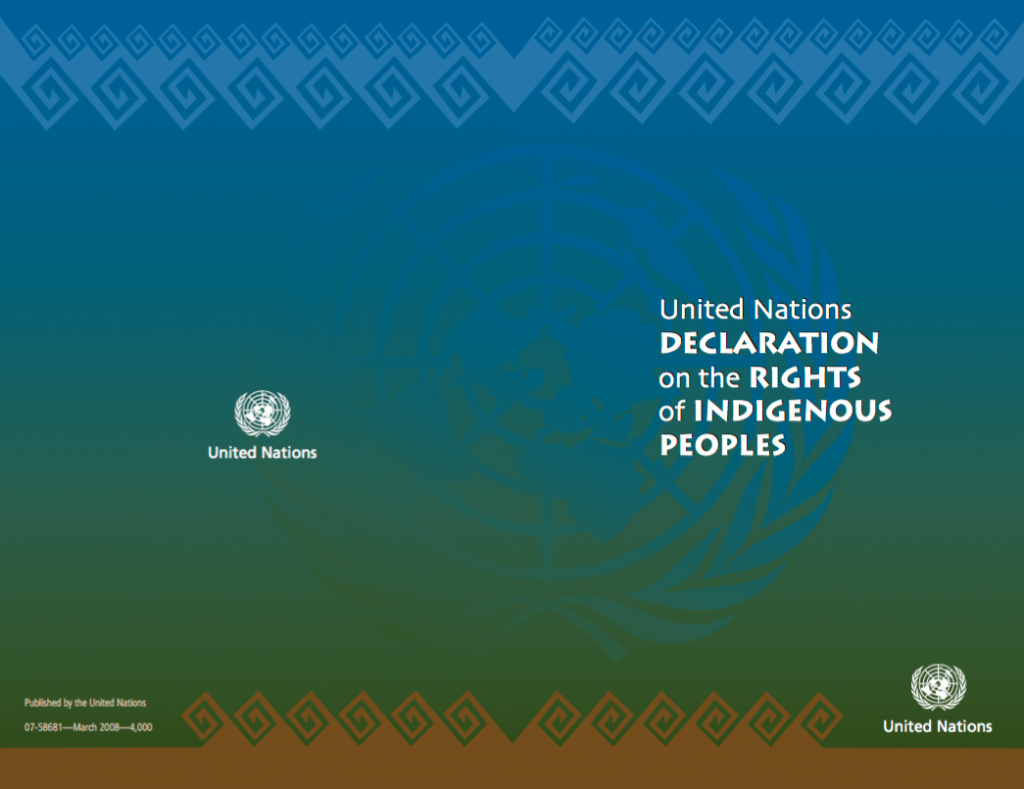
2007
The United Nations General Assembly approves the United Nations Declaration on the Rights of Indigenous Peoples (UNDRIP) with 144 countries, including Colombia.
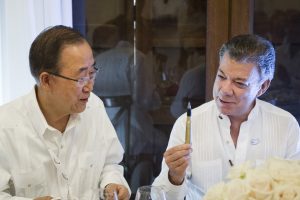
Ending the conflict
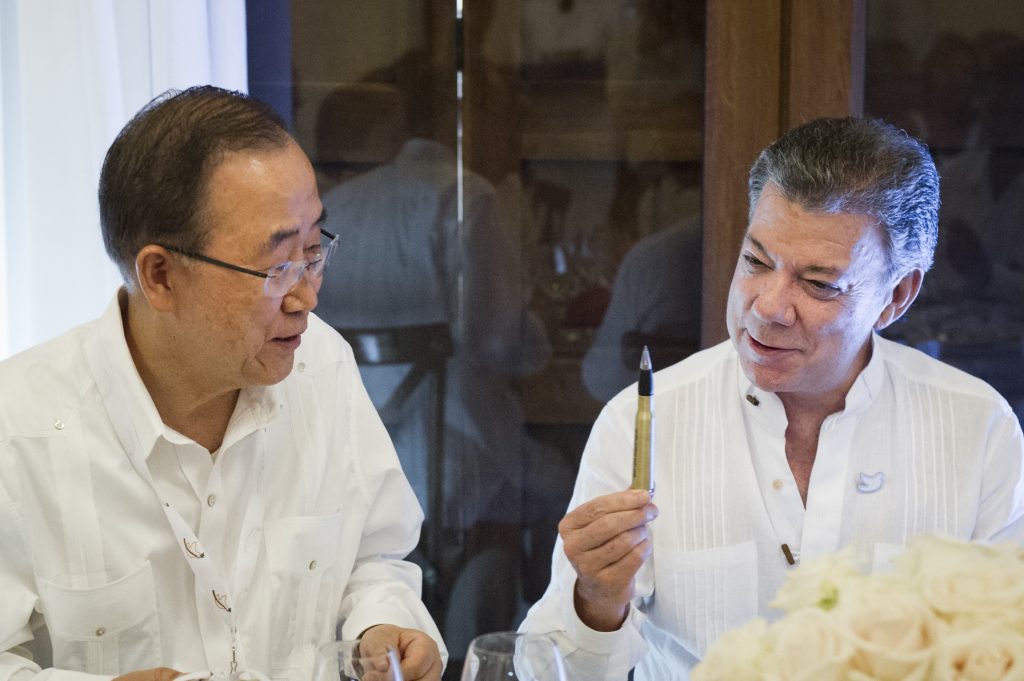
Ending the conflict
2012
The Government begins negotiations with FARC to end the conflict.
2016
The Colombian Government ratifies the Havana Peace Agreement, which ends the conflict.
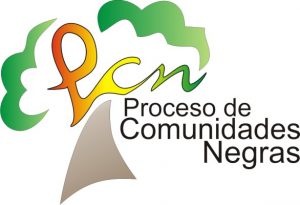
2016
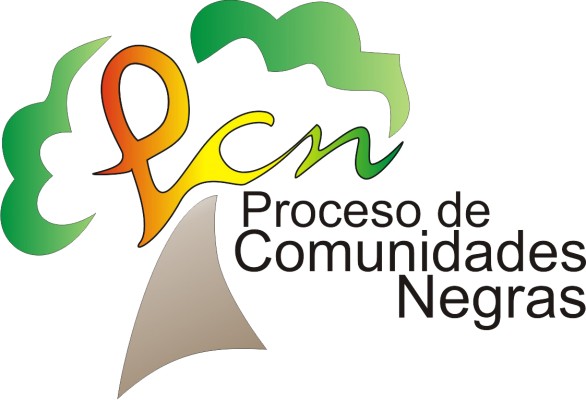
2016
Afro-Colombian communities and Indigenous Peoples organisations come together to form the Ethnic Commission for Peace and the Defence of Territorial Rights.
PCN and the National Council of Peace Of Afro-Colombian (CONPA), together with the National Indigenous Organisation of Colombia (ONIC) and the Traditional Indigenous Authorities of the Higher Government of Colombia, come together to ensure the inclusion of an Ethnic Chapter in the Havana Peace Accords. The Ethnic Chapter guarantees respect for the collective territorial and political rights of African-Colombian and Indigenous Peoples during the implementation of the Agreement.
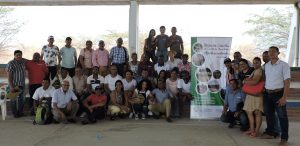
2017
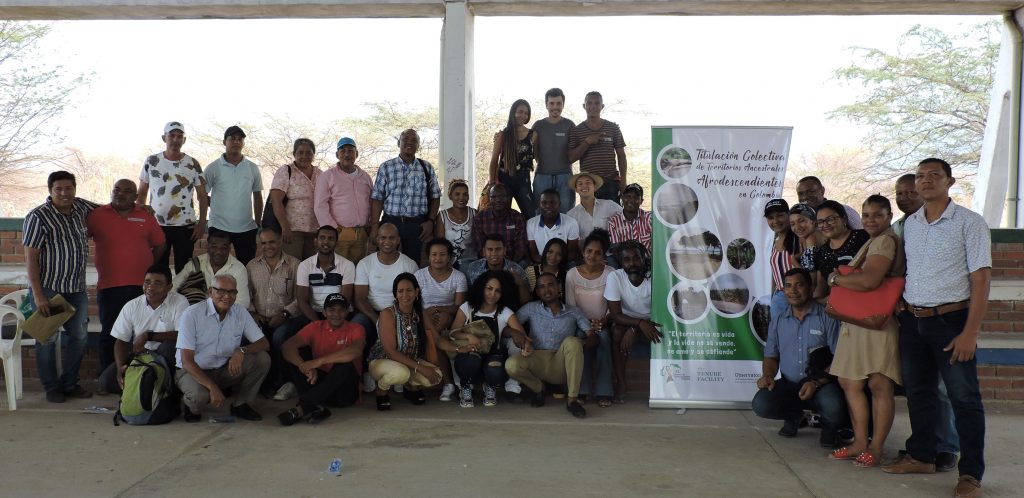
2017
The Observatory of the Ethnic and Peasant Territories (OTEC) of the Pontifical Javeriana University establishes a geographic information system for the management of spatial data on the land claims of Afro-descendant communities
1492
1492
The Spanish conquest; When the Spanish arrive in the 15th century three large groups of Indigenous People populate the Colombian territory; the Chibcha, located in the highlands and cold areas of the center of the country and in the Sierra Nevada de Santa Marta, the Caribbean, located on the coast of the Atlantic Ocean and the Arwac, in the regions of the Amazon, Putumayo and Caquetá rivers.

1500s
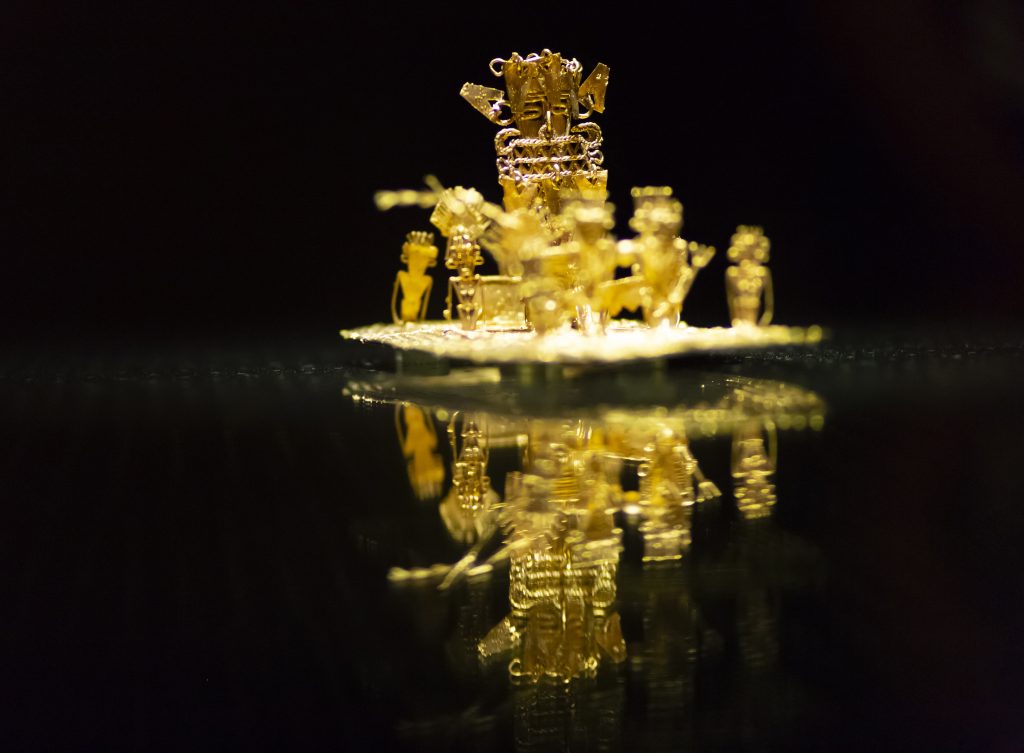
1500s
The legend of “El Dorado”: The conquerors are attracted by the enormous riches of the natives. Knowledge of religious ceremonies during which the Chibchas cast offerings on their gods inspires the legend of El Dorado, a mythical city of gold, the pursuit of which drives many expeditions to find it, costing the lives of both explorers and the natives they encounter.
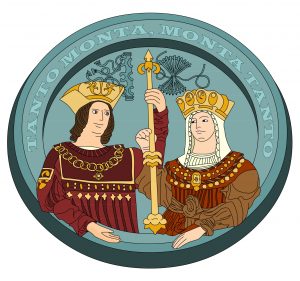
1550
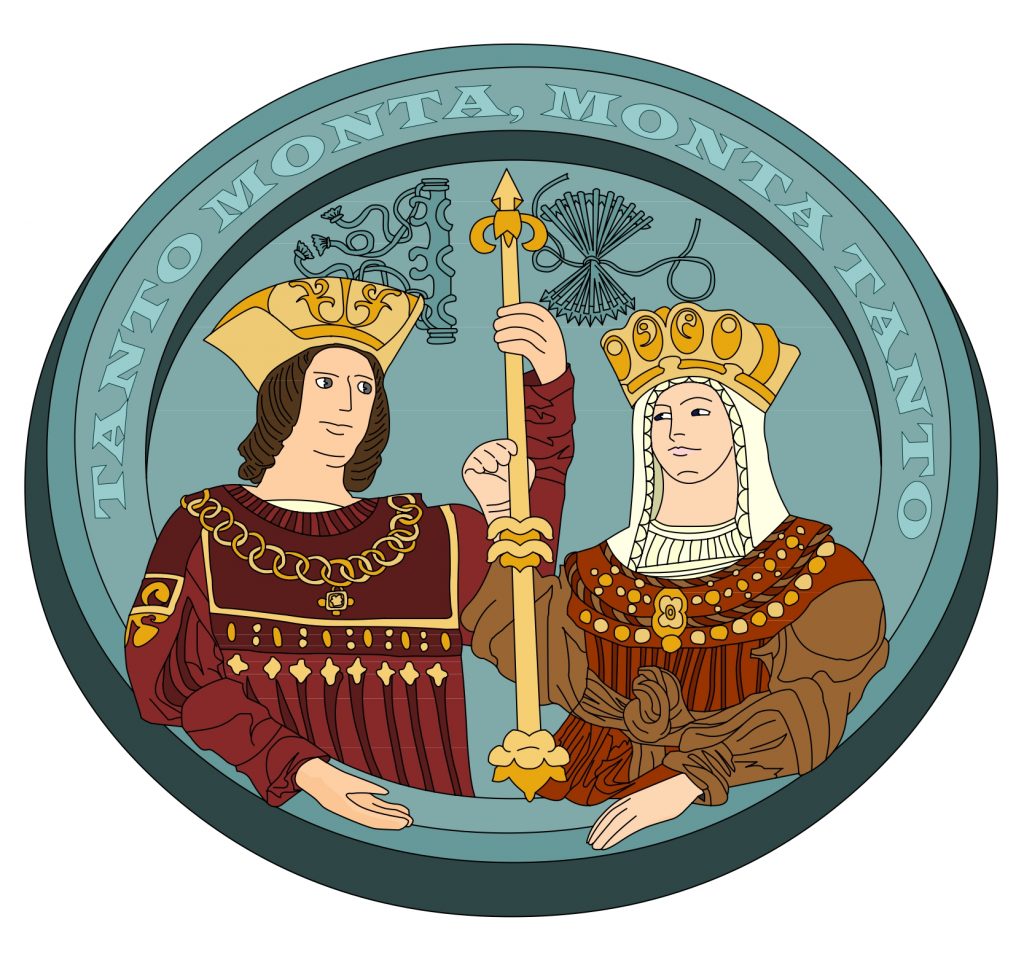
1550
During the conquest, the King of Spain gives each conqueror the right to found populations and rule their territory, with the mission of converting Indigenous Peoples to Christianity and forcing them to pay tribute to the Spanish crown.
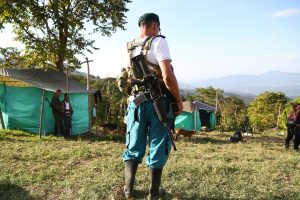
Post Independence
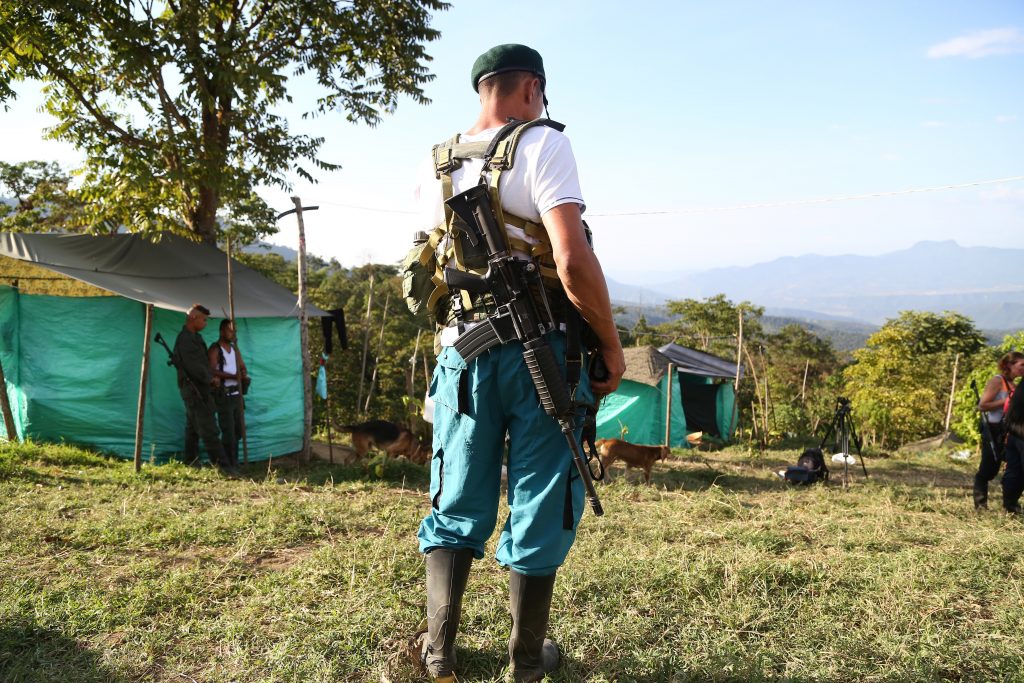
Post Independence
1940s-1950s
Clashes between conservatives and liberals intensify in violence, leaving 200,000 dead
1957
Liberals and conservatives create the National Front, excluding left-wing parties.
They divide the seats in congress, and effectively take turns running the country, ending decades of violence. The administrations of the National Front attempt social and economic reforms and create the Colombian Institute for Agrarian Reform (INCORA). However, social and political injustices continue.
1964
Revolutionary Armed Forces of Colombia (FARC) and the National Liberation Army (ELN) demand land reform and redistribution. The FARC and ELN begin to wage guerrilla warfare against the Government. The conflict grows to involve paramilitary groups that eventually unite as the United Defence Forces of Colombia (AUC). Organised criminal groups, or BACRIM, also form. Some fighters rely on extortion and taxation of cocaine production to finance their campaigns. Over five decades, the conflict leads to more than 200,000 deaths and the displacement of more than 7 million people. Many of the displaced are indigenous Peoples and Afro-Colombian communities.
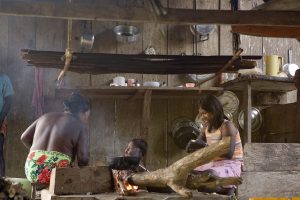
1991
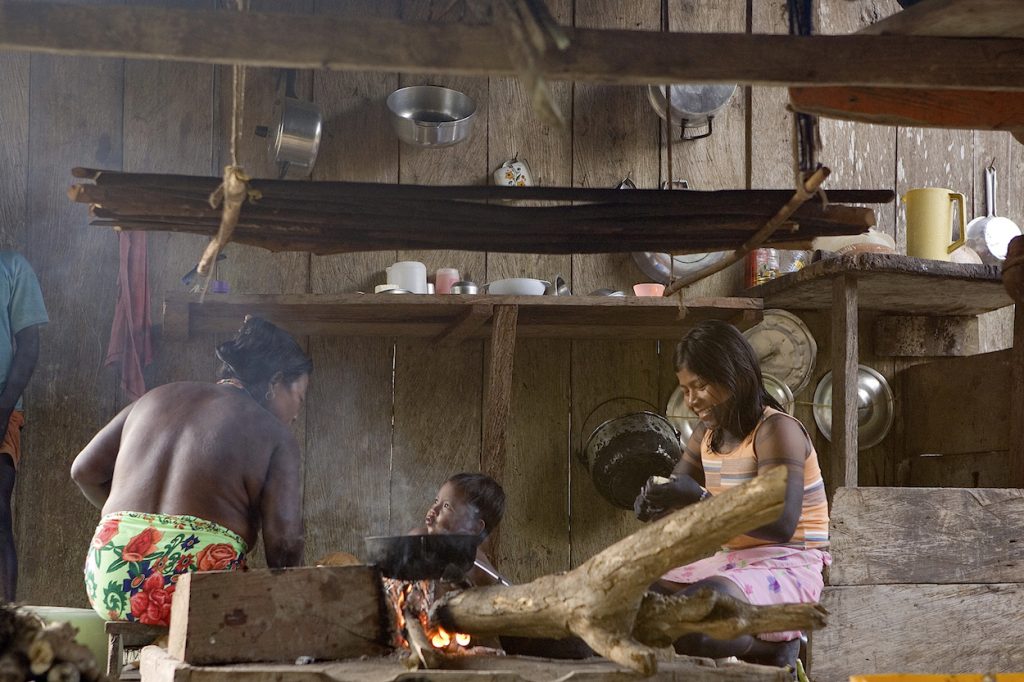
1991
An elected National Constitutional Assembly writes a new Constitution that recognises the rights of indigenous Peoples and Afro-Colombian communities.
The Constitution recognises the autonomy and rights of Indigenous Peoples and Afro-Colombian communities of Colombia to the collective ownership of ancestral lands, as well as special cultural protections.
Colombia becomes signatory to the ILO Convention 169 on “Indigenous and Tribal Peoples in Independent Countries” in a significant move towards better recognition of Indigenous Peoples’ rights.
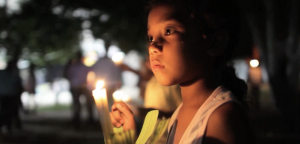
1995
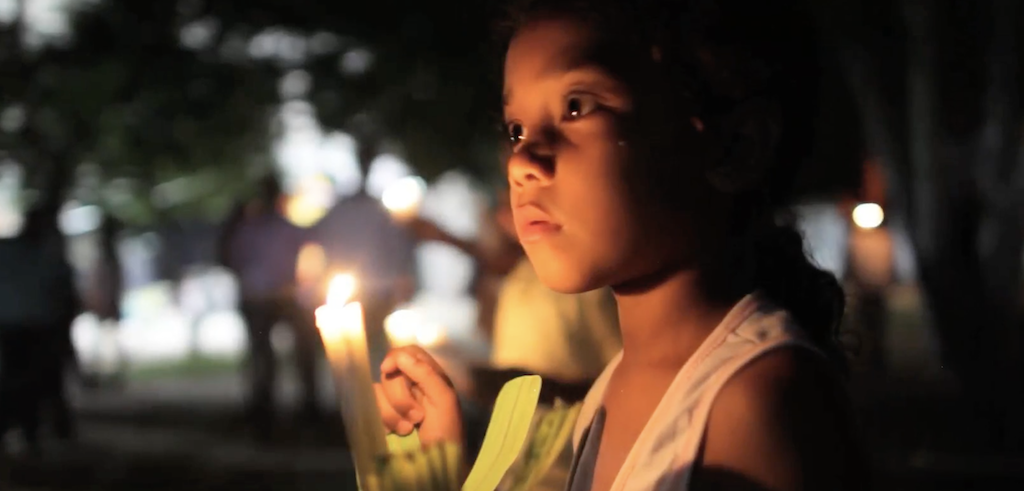
1995
Decree 1745 establishes the process of administering Law 70. In the 24 years following the enactment of Law 70, the Colombian government recognises 5.53 million hectares of collective territory, although 95.3% of these lands are in the Pacific region and only 4.6% in other parts of the country. This narrow interpretation and application of Law 70 excludes other Afro-descendant community councils that seek recognition of their collective lands.
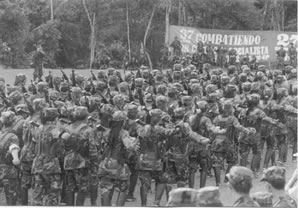
2000s

2000s
2000
Peace talks between the Government and FARC begin but break down after three years.
2003
The Government and paramilitary groups sign the Santa Fe de Ralito Agreement, initiating the demobilisation of the United Self-Defense Forces of Colombia (AUC).
2010
Juan Manual Santos is elected president and commits to peace negotiations with the FARC.
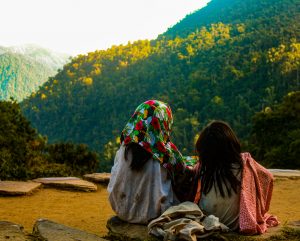
2011
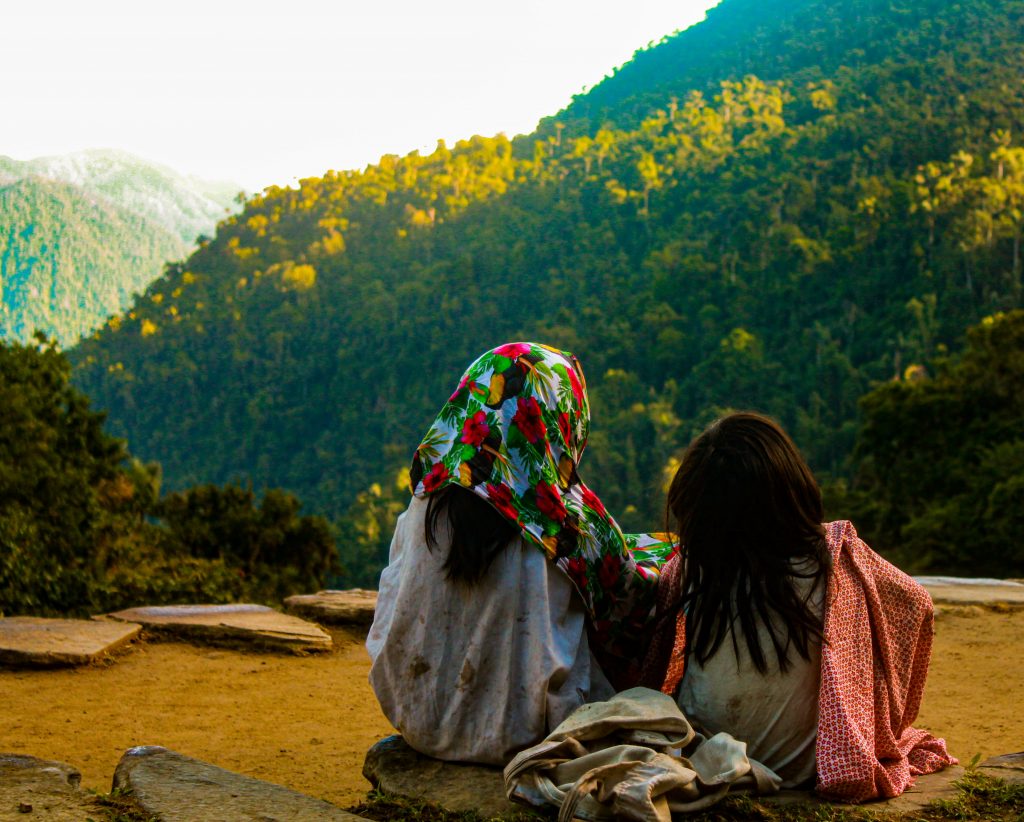
2011
Government passes Land Victims and Restitution Act to allow millions of people driven from their homes by violence to return to their stolen or abandoned land.
The Act provides for redress, including financial compensation, to victims of human rights violations and violations of international humanitarian law.
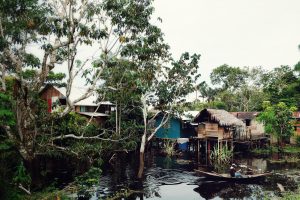
2014
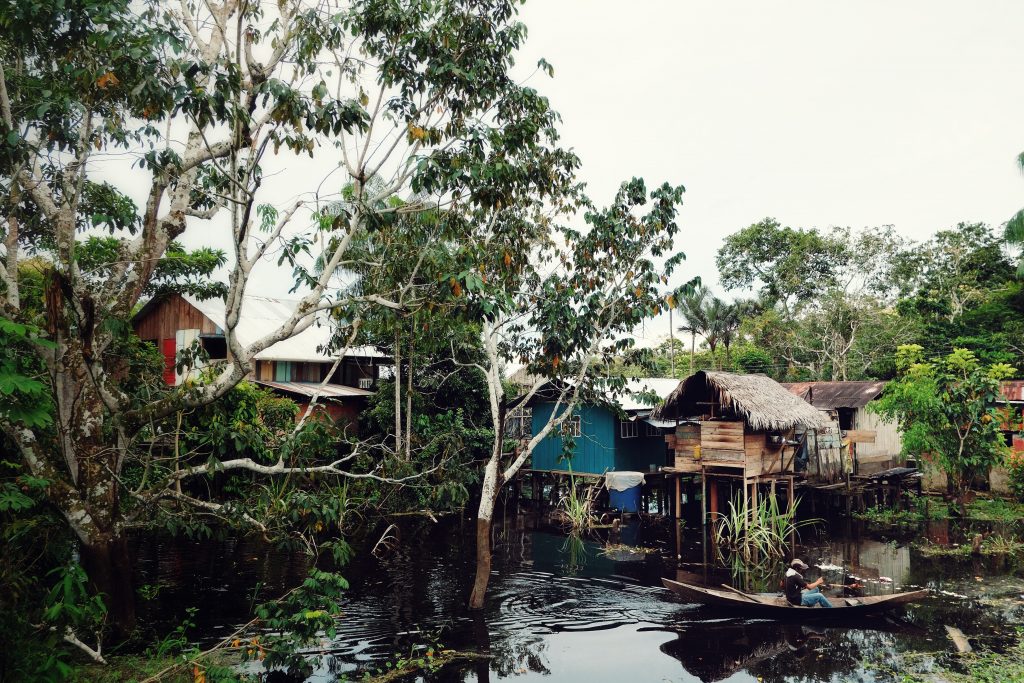
2014
Issuance of Decree 2333 of 2014 which seeks to establish mechanisms for the effective protection and legal certainty of the ancestrally occupied or owned lands and territories of Indigenous Peoples.
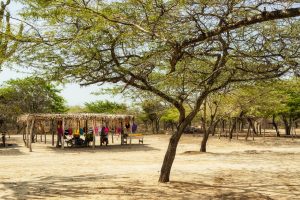
2017
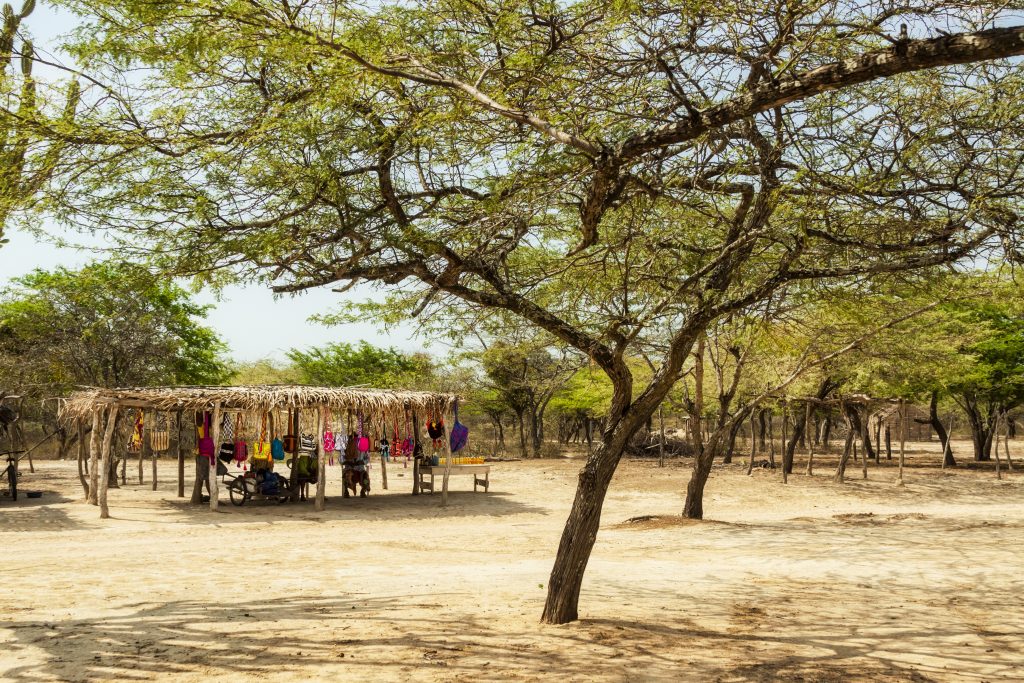
2017
The National Land Agency (ANT) agrees to address the land rights claims of 271 Afro-descendant Community Councils nationwide.
The PCN demonstrates the vulnerable status of collective lands without legal recognition in the peace agreement land reform process. This work is supported by the Pontifical Javerian Academy and the Rights and Resources Initiative (RRI). The publication Territorial Rights of the Black Communities: Conceptualisation and Information Systems in the Face of the Vulnerability of Territories Without Collective Title, shows that 271 Afro-descendant Community Councils in 18 departments and 103 municipalities face significant risks due to lack of collective title. The authors identify 271 collective title applications submitted by the Community Councils that have waited 10 years or more without resolution. These lands are home to some 46,422 families, totalling 278,533 people.
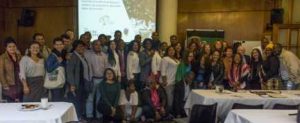
2018
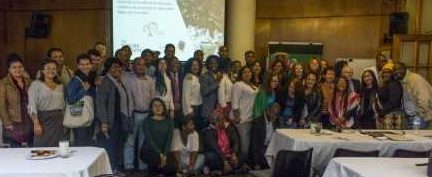
2018
The Black Communities Process begins a partnership with the Tenure Facility to strengthen the territorial rights of nearly 1.5 million Afro-Colombians.
PCN, OTEC, ANT, the Land Delegate of the Government Attorney General for Agricultural Issues and Land Restitution, and CONPA are working to expand the collective rights of Afro-descendant lands in Colombia through an initiative called “Collective Title of Lands of African-Descendant Territories in Colombia”. They focus first on landmark and high-priority cases, before addressing other claims.